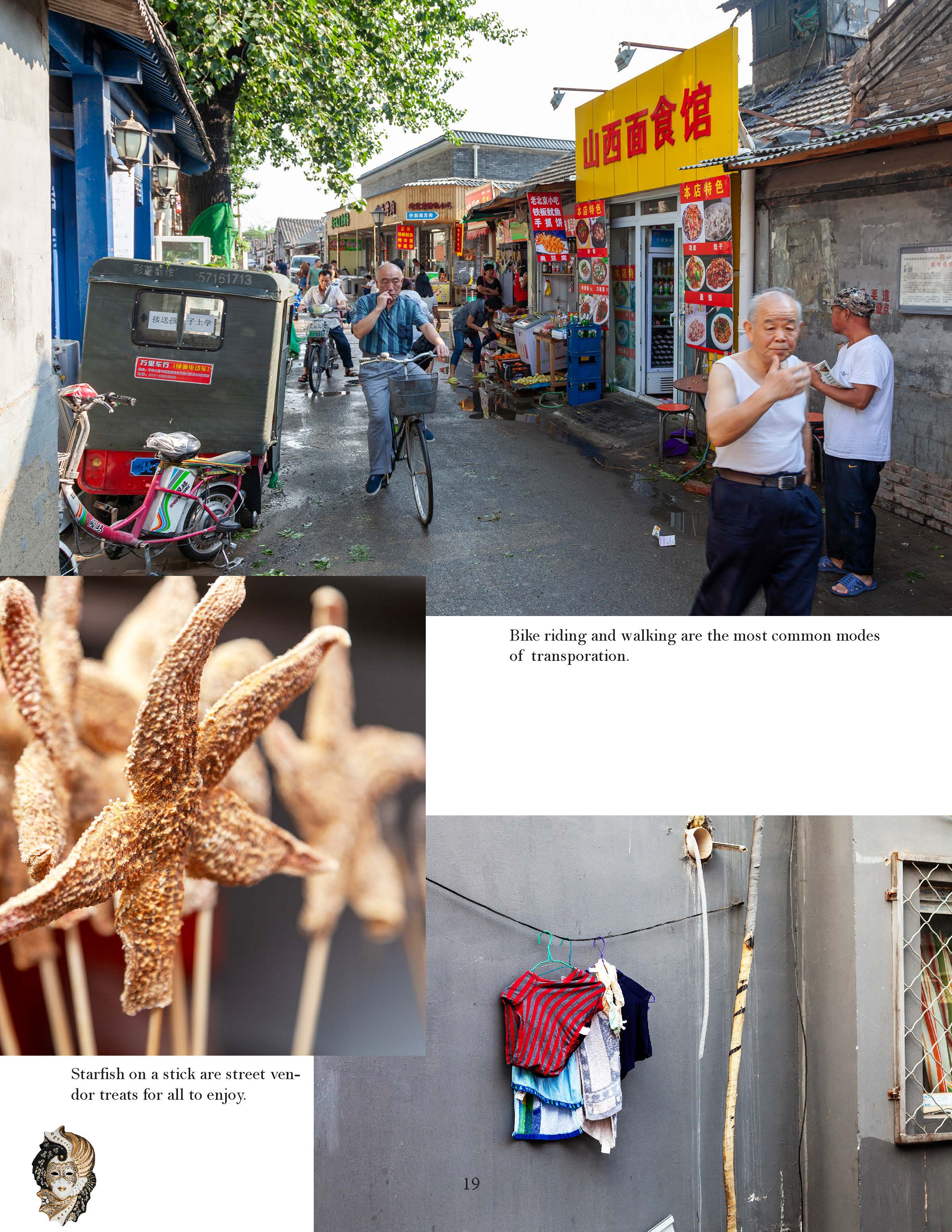A Tapestry of History, Culture, and Change
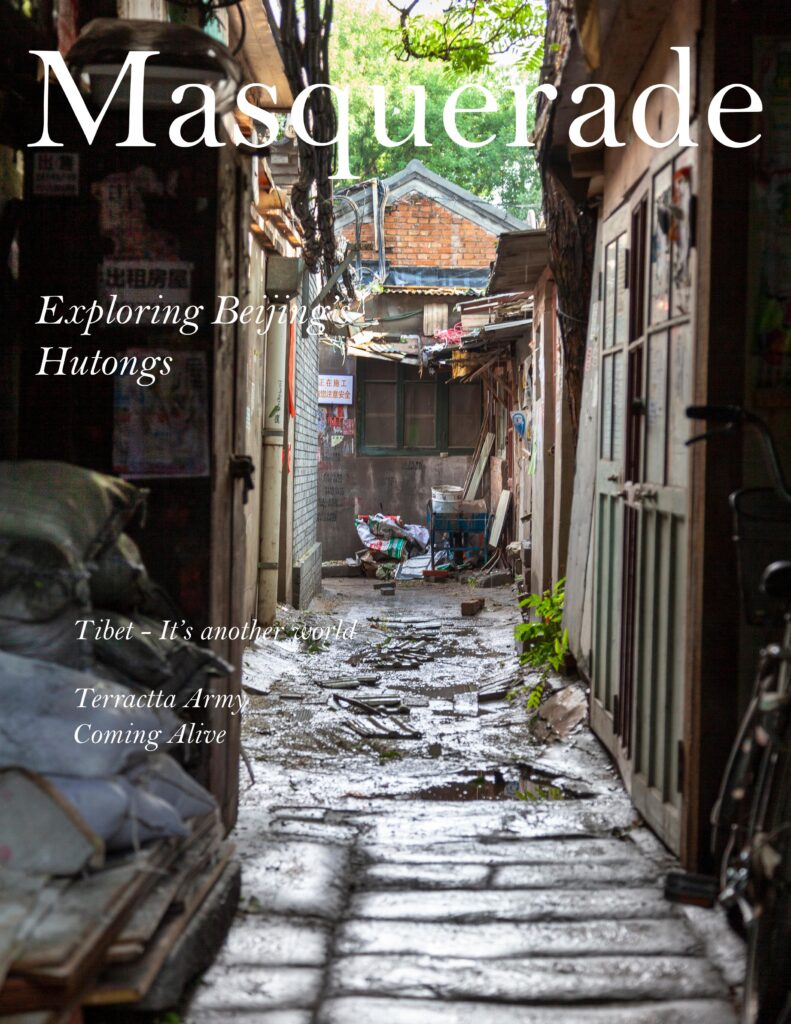
Story and Photography by Terry Check
In the heart of Beijing, amidst the towering skyscrapers and bustling streets, lie the ancient hutongs—narrow alleyways that weave through the city like veins, pulsating with history, culture, and the rhythms of everyday life. From their origins in imperial China to the challenges of modernization, the hutongs stand as both a testament to the past and a reflection of the complexities of contemporary society.
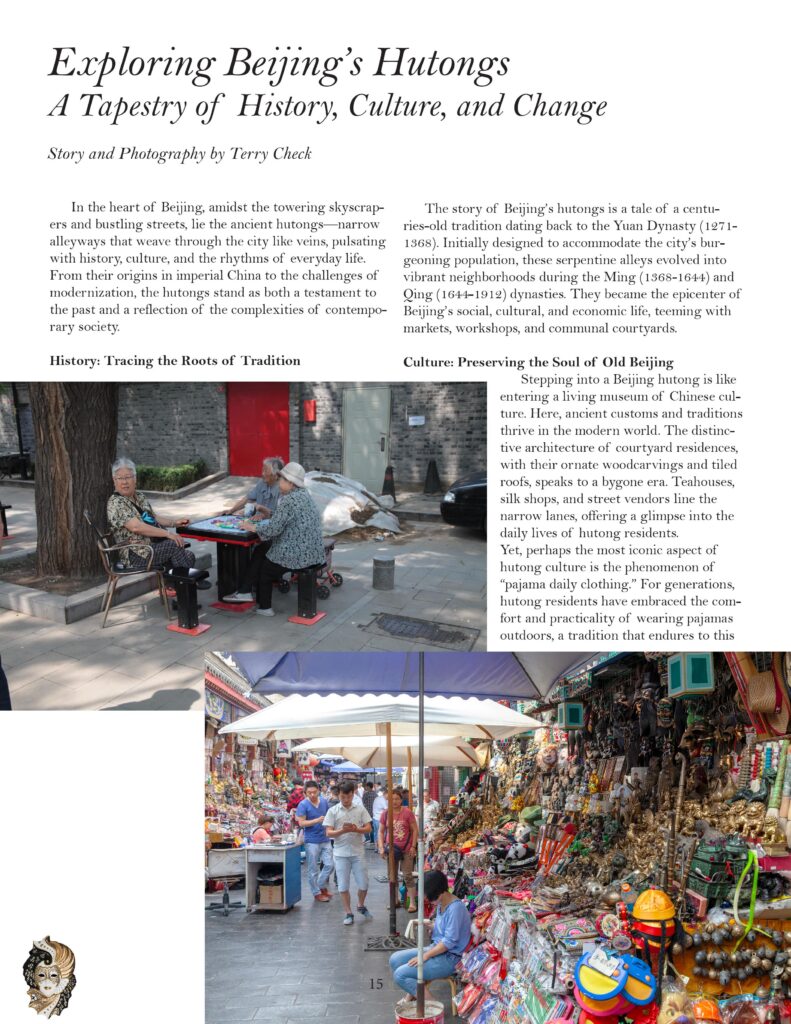
History: Tracing the Roots of Tradition
The story of Beijing’s hutongs is a tale of a centuries-old tradition dating back to the Yuan Dynasty (1271-1368). Initially designed to accommodate the city’s burgeoning population, these serpentine alleys evolved into vibrant neighborhoods during the Ming (1368-1644) and Qing (1644-1912) dynasties. They became the epicenter of Beijing’s social, cultural, and economic life, teeming with markets, workshops, and communal courtyards.
Culture: Preserving the Soul of Old Beijing
Stepping into a Beijing hutong is like entering a living museum of Chinese culture. Here, ancient customs and traditions thrive in the modern world. The distinctive architecture of courtyard residences, with their ornate woodcarvings and tiled roofs, speaks to a bygone era. Teahouses, silk shops, and street vendors line the narrow lanes, offering a glimpse into the daily lives of hutong residents.
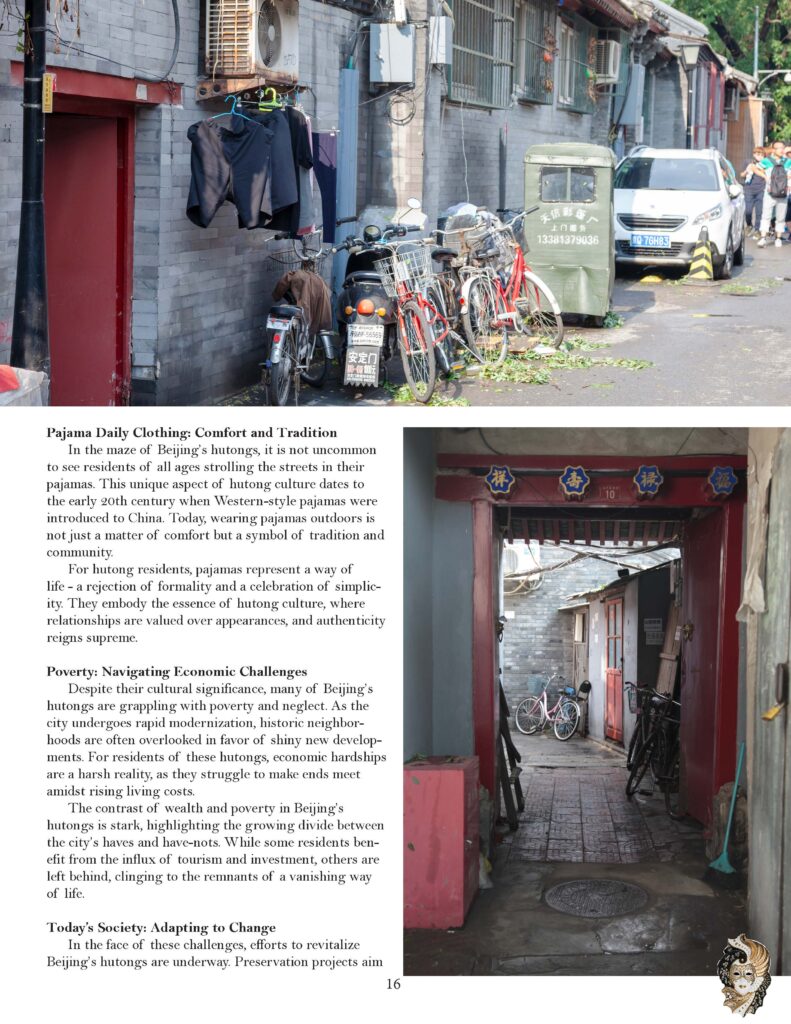
Yet, perhaps the most iconic aspect of hutong culture is the phenomenon of “pajama daily clothing.” For generations, hutong residents have embraced the comfort and practicality of wearing pajamas outdoors, a tradition that endures to this day.
Pajama Daily Clothing: Comfort and Tradition
In the maze of Beijing’s hutongs, it is not uncommon to see residents of all ages strolling the streets in their pajamas. This unique aspect of hutong culture dates to the early 20th century when Western-style pajamas were introduced to China. Today, wearing pajamas outdoors is not just a matter of comfort but a symbol of tradition and community.
For hutong residents, pajamas represent a way of life—a rejection of formality and a celebration of simplicity. They embody the essence of hutong culture, where relationships are valued over appearances, and authenticity reigns supreme.
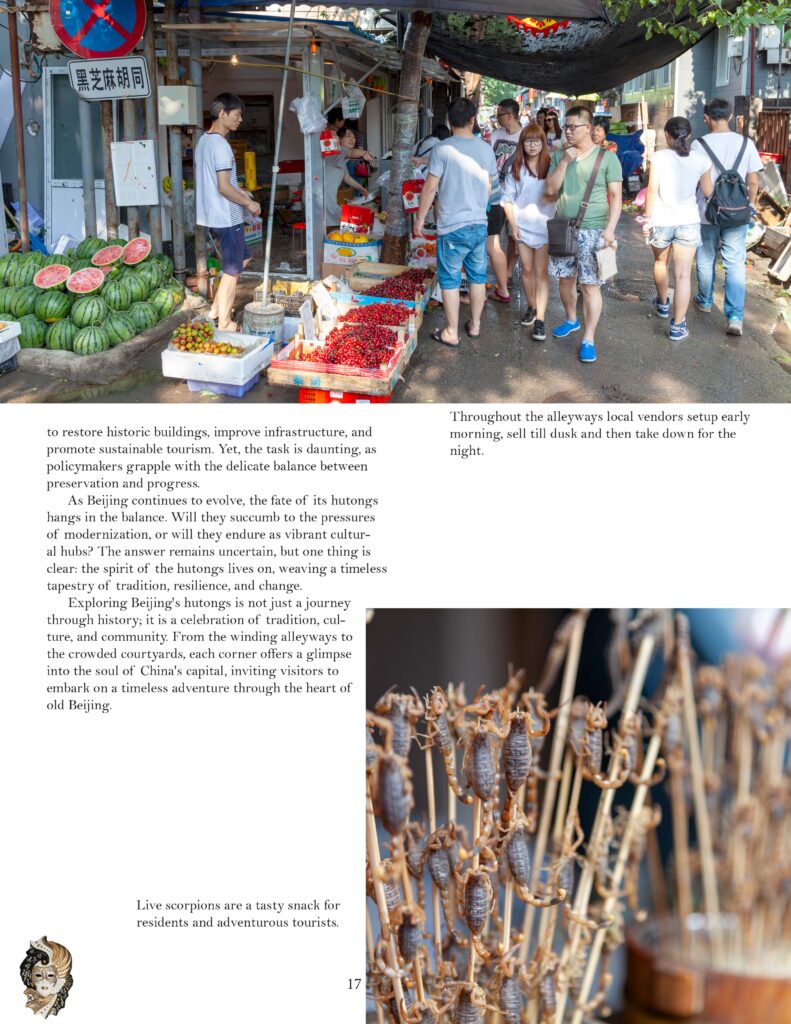
Poverty: Navigating Economic Challenges
Despite their cultural significance, many of Beijing’s hutongs are grappling with poverty and neglect. As the city undergoes rapid modernization, historic neighborhoods are often overlooked in favor of shiny new developments. For residents of these hutongs, economic hardships are a harsh reality, as they struggle to make ends meet amidst rising living costs.
The contrast of wealth and poverty in Beijing’s hutongs is stark, highlighting the growing divide between the city’s haves and have-nots. While some residents benefit from the influx of tourism and investment, others are left behind, clinging to the remnants of a vanishing way of life.
Today’s Society: Adapting to Change
In the face of these challenges, efforts to revitalize Beijing’s hutongs are underway. Preservation projects aim to restore historic buildings, improve infrastructure, and promote sustainable tourism. Yet, the task is daunting, as policymakers grapple with the delicate balance between preservation and progress.
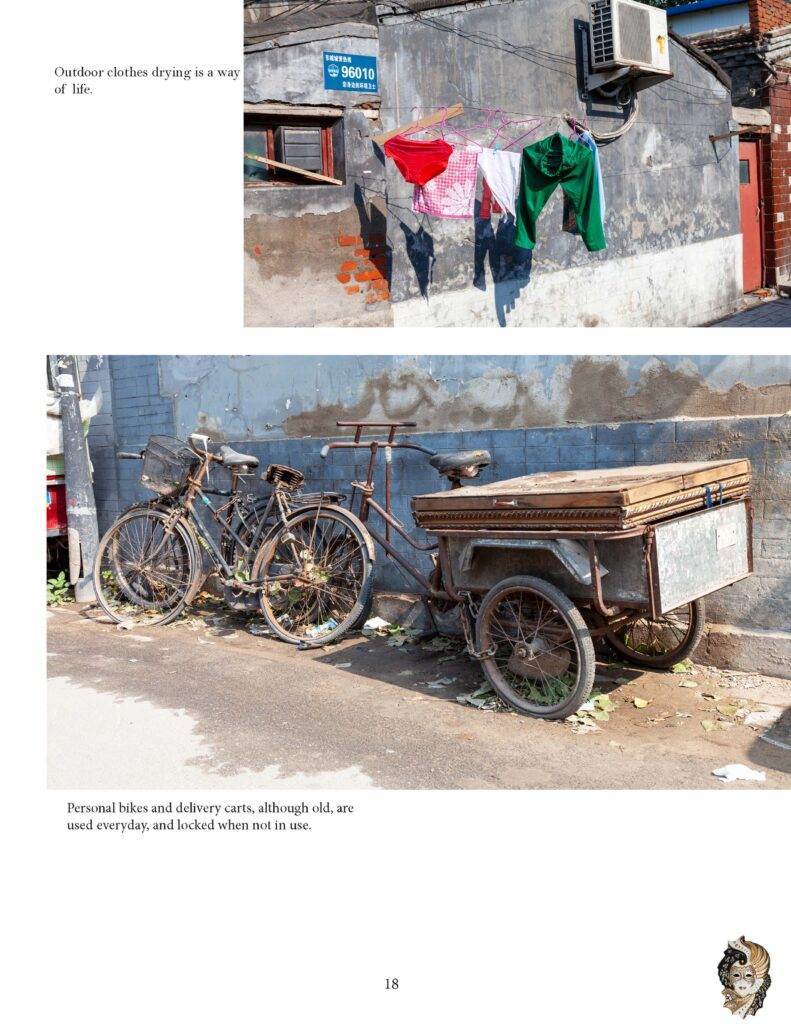
As Beijing continues to evolve, the fate of its hutongs hangs in the balance. Will they succumb to the pressures of modernization, or will they endure as vibrant cultural hubs? The answer remains uncertain, but one thing is clear: the spirit of the hutongs lives on, weaving a timeless tapestry of tradition, resilience, and change.
Exploring Beijing’s hutongs is not just a journey through history; it is a celebration of tradition, culture, and community. From the winding alleyways to the crowded courtyards, each corner offers a glimpse into the soul of China’s capital, inviting visitors to embark on a timeless adventure through the heart of old Beijing.
